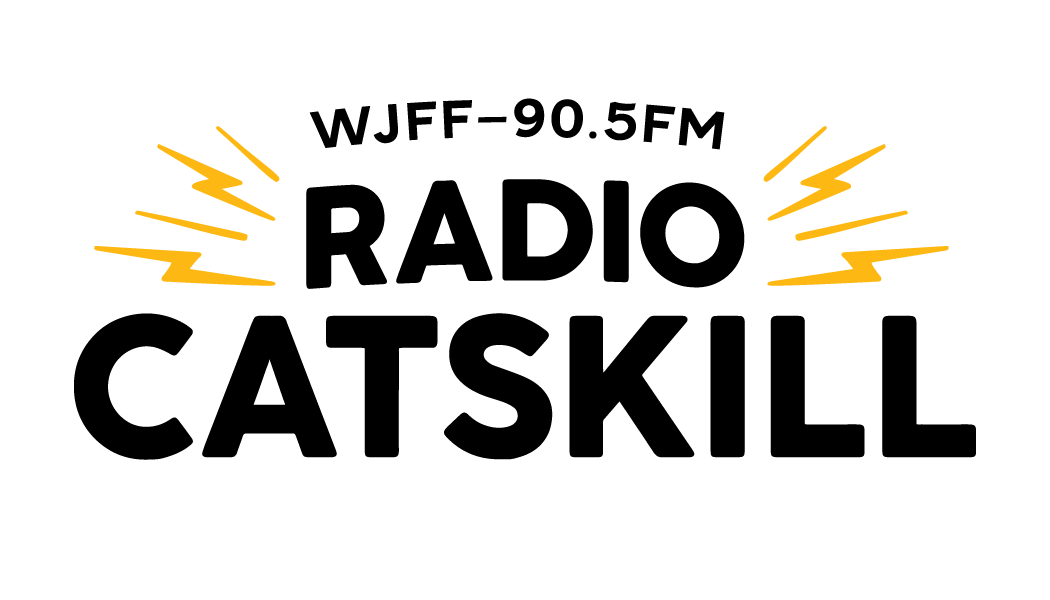Founder and publisher of Delaware Currents, Meg McGuire, joined Radio Catskill to unpack a complicated but urgent question: how much oxygen does the Delaware River need to truly support life—especially the endangered Atlantic sturgeon—and who should pay to get it there?
Read full article here: https://delawarecurrents.org/2025/08/20/delaware-river-water-quality-2/
What’s the issue?
The stretch of river that runs through the urban corridor from just above Philadelphia to below Wilmington has long faced low dissolved oxygen—sometimes called an “oxygen sag.” Fish, like people, need oxygen to survive; in rivers, it’s dissolved in the water. Upstream, oxygen isn’t a problem (just ask the trout), but in Zones 3, 4, and the upper part of 5, oxygen levels are too low to reliably support juvenile Atlantic sturgeon.
McGuire explains the cause in plain terms: decades of improvements cleaned up the “dirty, smelly river” era by removing most of the solids (“the poop”) from wastewater. What’s left is nitrogen (“the pee”)—largely from municipal wastewater treatment plants—which fuels processes that consume oxygen. North of Trenton, the river can process it; south of Trenton, it can’t keep up.
The standards—and the standoff
-
Current/legacy benchmark: ~3.5 mg/L dissolved oxygen
-
EPA earlier proposal (variable by season): ~5.6–5.7 mg/L
-
Delaware Riverkeeper Network’s position: ~6.3 mg/L
-
Municipal/utilities’ counter: 4.5 mg/L
For roughly a decade, the Delaware River Basin Commission (DRBC) studied how to raise oxygen in the problem zones. Environmental groups—led by the Delaware Riverkeeper Network—said progress was too slow and petitioned the EPA to take over. The EPA did, then faced its own slow-walk lawsuit. A federal judge has now put a clock on it: if EPA and Riverkeeper can’t agree, the court will decide—potentially by September 22.
Why the pushback?
Utilities argue the higher targets come with staggering price tags—“millions per plant,” McGuire notes, citing DRBC-commissioned analysis—costs that would land in not-wealthy cities like Camden, Philadelphia, and Wilmington that are also staring down other mandated upgrades (e.g., replacing lead service lines). McGuire calls it “a rock and a hard place”: science points one way; residents’ ability to pay pulls another.
“If it were only about the science, we’d go with the Riverkeeper’s number,” McGuire says. “But that would be extraordinarily painful for the communities that have to find that money.”
What this is—and isn’t—about
-
Public health: The debate doesn’t change the safety of treated drinking water; utilities already clean it to federal standards before it reaches your tap.
-
River health: It does affect the river’s vitality—how well it supports fish and the broader aquatic system, a key barometer of long-term watershed health.
The bigger picture: policy meets pocketbook
McGuire stresses that both sides lobby—utilities and environmental advocates—and both have legitimate stakes. State revolving funds and low-interest loans can help, but she notes they’re feeling a pinch, making it harder for towns to finance big-ticket upgrades without steep rate hikes.
The local view mirrors the metropolitan one. In Sullivan County’s Town of Fallsburg, for example, growth has outpaced aging wastewater plants; upgrades are necessary, expensive, and politically fraught—with residents wary of rate increases and calls to curb development clashing with the reality that infrastructure has a shelf life.
What happens next?
-
Best case before court: EPA and Riverkeeper strike a deal on a number—likely lower than Riverkeeper’s ask, higher than utilities’ preference.
-
If not: The judge steps in after September 22 and sets the standard.
Whatever the number, it will be an increase over today—and a test of how the region balances ecological recovery with affordability.
Why it matters
The Delaware River is a living system and an economic engine. Getting oxygen right isn’t just about an endangered fish; it’s about resilience, recreation, fisheries, and the legacy we hand off to the next generation. As McGuire puts it, the system is complicated—and that’s exactly why it deserves public attention.
Listen to the full conversation and read the reporting at Delaware Currents: “Water operators appeal to the Trump administration for reprieve to water quality improvement rules on the Delaware River.”
PHOTO BY ADAM LITCHKOFSKI

